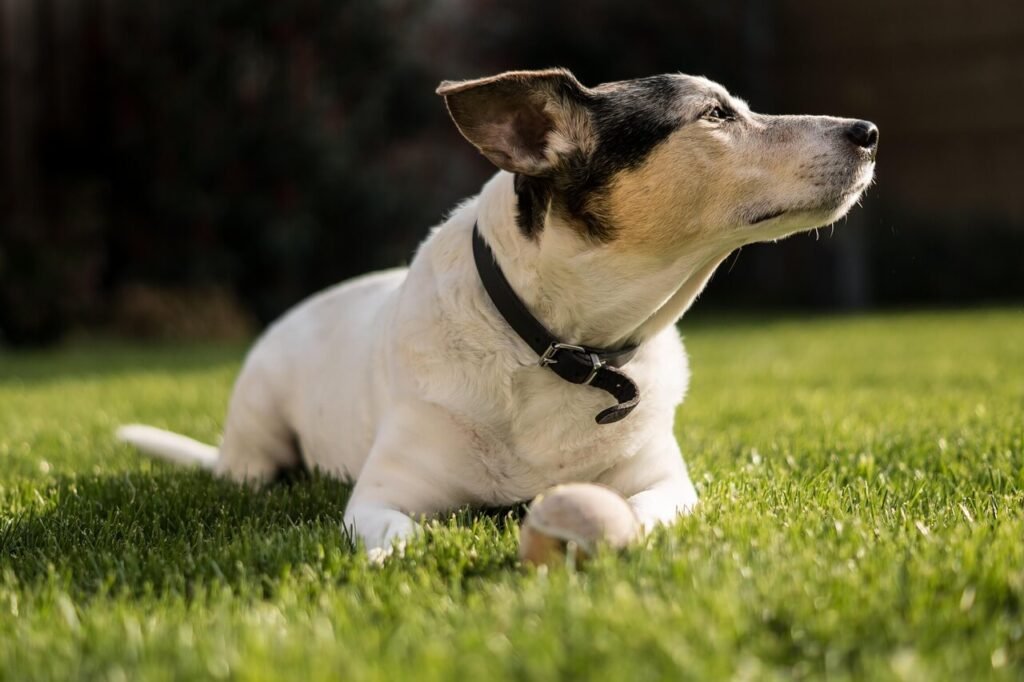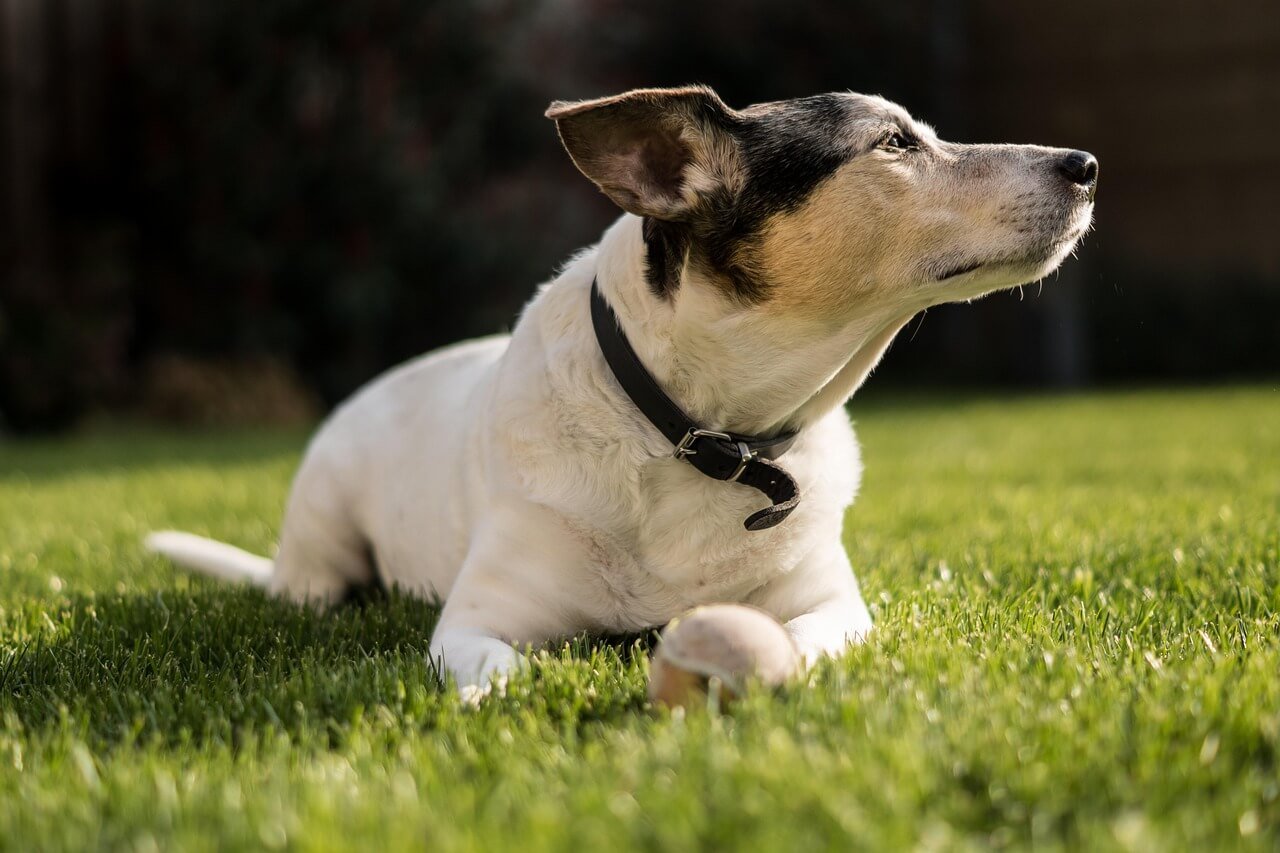Home Remedies for Dog Mange: Natural Ways to Help Your Furry Friend
Mange can be a frustrating and uncomfortable condition for both dogs and their owners. Caused by mites that burrow into the skin, mange often leads to itching, hair loss, and irritation, leaving your pup feeling miserable. While veterinary treatment is essential in severe cases, there are several home remedies for dog mange that can provide relief and support healing. These natural solutions are gentle, cost-effective, and easy to implement at home. In this blog post, we’ll explore effective home remedies, tips for managing symptoms, and how to create a comfortable environment for your dog during their recovery.
Effective Home Remedies for Dog Mange
If your dog is suffering from mange, these natural remedies can help soothe their skin and reduce irritation. Always consult your veterinarian before starting any treatment, especially if the condition is severe. Here are some tried-and-true options:
Apple Cider Vinegar: Mix equal parts of apple cider vinegar and water, then apply it to affected areas with a spray bottle to combat mites and reduce itching.
Coconut Oil: Rub pure coconut oil directly onto the affected skin to moisturize and suffocate mites due to its antifungal and antibacterial properties.
Aloe Vera Gel: Apply fresh aloe vera gel to irritated areas to reduce inflammation and promote healing while soothing your dog’s discomfort.
Honey: Use raw honey as a topical treatment to hydrate the skin and fight infections thanks to its natural antibacterial qualities.
Oatmeal Baths: Bathe your dog in a mixture of warm water and colloidal oatmeal to relieve itching and calm inflamed skin.
These remedies can provide relief and improve your dog’s comfort, but consistency is key. Regular application will yield the best results.
Preventive Measures to Keep Mange at Bay
While treating mange is important, prevention is even better. By taking proactive steps, you can reduce the risk of your dog developing mange in the first place. Here’s how to protect your furry friend:
Maintain Good Hygiene: Bathe your dog regularly and keep their bedding and living area clean to prevent mite infestations.
Provide a Balanced Diet: A nutritious diet strengthens your dog’s immune system, making it harder for mites to thrive.
Avoid Contact with Infected Animals: Keep your dog away from other animals showing signs of mange or skin issues.
Use Flea and Tick Prevention: Many flea and tick treatments also help repel mites, reducing the risk of mange.
Schedule Regular Vet Check-Ups: Routine visits allow early detection of potential skin problems before they worsen.
By implementing these preventive measures, you can minimize the chances of mange affecting your dog and ensure they stay healthy and happy.
Check this guide 👉Dog Staph Infection Home Remedies: Best 7 Expert Tips!
Check this guide 👉Home Remedies for Dog Drooling: Best 7 Health Tips!
Check this guide 👉Home Remedies for Dog Difficulty Breathing: Best 7 Tips!

Home Remedies for Dog Mange | Benefits |
|---|---|
Apple Cider Vinegar | Combats mites and reduces itching |
Coconut Oil | Moisturizes skin and suffocates mites |
Aloe Vera Gel | Soothes irritation and promotes healing |
Honey | Hydrates skin and fights infections |
Oatmeal Baths | Relieves itching and calms inflamed skin |
Signs Your Dog May Have Mange
Early detection of mange is crucial for effective treatment. Knowing the symptoms can help you address the issue promptly and prevent it from worsening. Here’s what to look for:
Excessive Scratching or Licking: Persistent itching is one of the first signs of mange, as mites irritate the skin.
Hair Loss: Patchy or widespread hair loss, especially around the ears, face, or legs, is a common symptom.
Red, Irritated Skin: Inflamed or crusty skin indicates an allergic reaction to mites or secondary infections.
Sores or Scabs: Open wounds or scabbing may develop from constant scratching and biting.
Strong Odor: Infected skin can produce a foul smell due to bacterial overgrowth caused by mange.
If you notice any of these signs, start treatment immediately and consult your vet for guidance on managing the condition.
How to Support Your Dog During Recovery
Helping your dog recover from mange involves more than just applying remedies. Providing additional care and attention can speed up the healing process. Here’s how to support your pup:
Keep Their Environment Clean: Wash bedding, toys, and grooming tools regularly to eliminate mites and prevent reinfection.
Trim Affected Areas: Gently trim fur around infected areas to allow treatments to penetrate the skin more effectively.
Boost Their Immune System: Add supplements like omega-3 fatty acids or vitamins to their diet to enhance overall health.
Monitor Progress: Keep track of improvements or setbacks to determine if adjustments to the treatment plan are needed.
Offer Comfort and Reassurance: Spend extra time cuddling and comforting your dog to reduce stress and anxiety during recovery.
By combining home remedies with supportive care, you can help your dog heal faster and feel more comfortable throughout the process.
What Not to Do When Helping Your Dog Recover from Mange
While treating mange at home, it’s easy to make mistakes that could delay your dog’s recovery or worsen their condition. Being aware of these pitfalls can help you avoid them and ensure a smoother healing process. Here are some common errors to steer clear of:
Using Harsh Chemicals: Avoid applying strong chemicals or pesticides directly to your dog’s skin, as they can cause irritation or burns.
Skipping Vet Consultations: Assuming all cases can be treated at home without professional advice may lead to misdiagnosis or ineffective treatment.
Overbathing Your Dog: Frequent bathing can strip the skin of natural oils, worsening dryness and irritation instead of helping.
Neglecting Secondary Infections: Untreated sores or scabs can become infected, requiring antibiotics or additional care.
Failing to Isolate Infected Dogs: Allowing contact with other pets can spread mites and lead to further infestations.
By avoiding these mistakes, you can focus on safe and effective treatments that prioritize your dog’s comfort and health.
Boosting Your Dog’s Immune System with the Right Nutrients
In addition to topical treatments, supplements can play a vital role in supporting your dog’s skin health and immune system during mange recovery. These additions can accelerate healing and improve overall well-being. Here are some beneficial supplements to consider:
Omega-3 Fatty Acids: Found in fish oil, these reduce inflammation and promote healthy skin and coat.
Probiotics: Support gut health, which in turn strengthens the immune system and aids in fighting infections.
Vitamin E: Acts as an antioxidant to repair damaged skin cells and protect against further irritation.
Zinc: Essential for skin repair and immune function, zinc can help combat the effects of mange.
Biotin: Also known as Vitamin B7, biotin improves skin elasticity and promotes faster healing.
Adding these supplements to your dog’s diet can complement home remedies and speed up the recovery process.
How to Know If Your Home Remedies Are Working
Monitoring your dog’s progress is essential to determine if your chosen treatments are effective. Look for these positive signs that indicate your dog is recovering from mange:
Reduced Itching: A noticeable decrease in scratching or licking suggests the mites are being controlled.
New Hair Growth: The appearance of new fur in previously bare patches is a strong indicator of healing.
Improved Skin Condition: Smoother, less inflamed skin shows that irritation and infection are subsiding.
Increased Energy Levels: As your dog feels better, they’ll likely become more active and playful.
No New Lesions: The absence of new sores or scabs indicates the infestation is under control.
Seeing these improvements is encouraging, but continue treatment until your dog is fully recovered. Consistency is key to preventing relapses.
Frequently Asked Questions About Dog Mange
What causes mange in dogs?
Mange is caused by mites that burrow into the skin, leading to irritation, hair loss, and secondary infections.
Can I treat mange at home?
Yes, mild cases of mange can often be treated at home using natural remedies, but severe cases require veterinary care.
Is mange contagious to humans?
Some types of mange, like sarcoptic mange, can spread to humans, causing temporary skin irritation.
How long does it take for mange to heal?
With consistent treatment, mild cases may improve within 2–4 weeks, while severe cases can take several months.
Can diet affect mange?
Yes, a poor diet weakens the immune system, making it harder for your dog to fight off mites and recover.
Final Thoughts: Helping Your Dog Overcome Mange
Dealing with mange can be challenging, but with patience, care, and the right home remedies for dog mange, your furry friend can recover fully. By addressing symptoms early, maintaining a clean environment, and supporting your dog’s overall health, you can make the healing process smoother and less stressful for everyone involved. Remember, your dog relies on you to advocate for their well-being, so don’t hesitate to seek professional advice if needed. With love and dedication, you can restore your pup’s comfort and confidence—and get back to enjoying life together.
Understanding Scabs in Dogs Ears: Best 7 Tips! Learn how to identify, treat, and prevent scabs in your dog’s ears for optimal ear health.
Is Cinnamon Bad for Dogs? Best 7 Health Tips! Discover safe ways to use cinnamon, risks to avoid, and expert advice to keep your dog healthy.
Can Dogs Get Pneumonia from Humans? Best 7 Tips! Learn how to protect your dog, understand transmission risks, and ensure their respiratory health.
Can Dog Urine Make You Sick? Best 7 Health Tips! Learn how to stay safe, prevent illness, and handle exposure to dog urine effectively.





